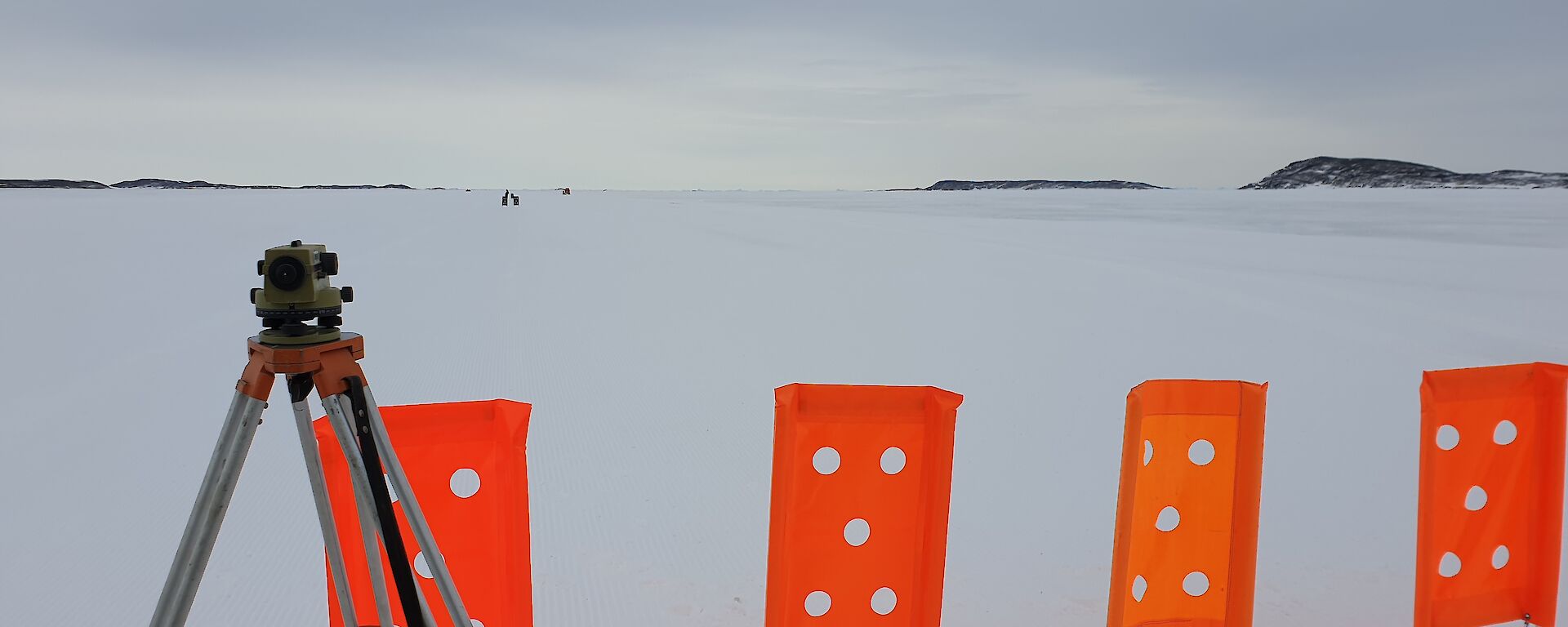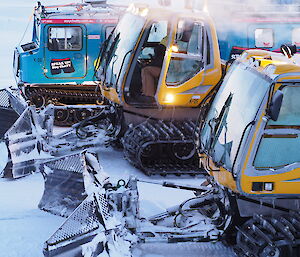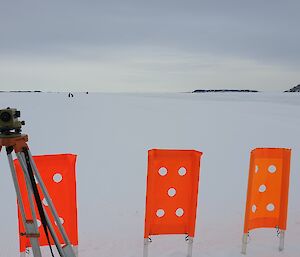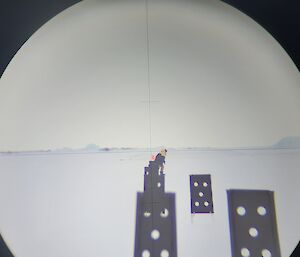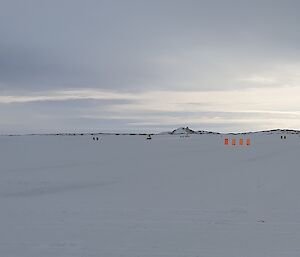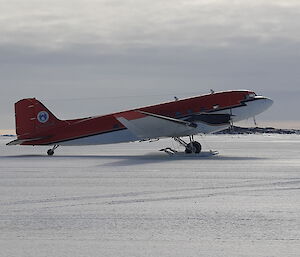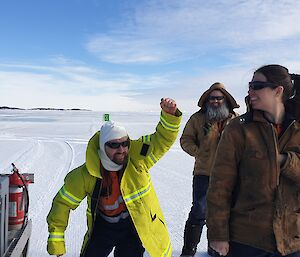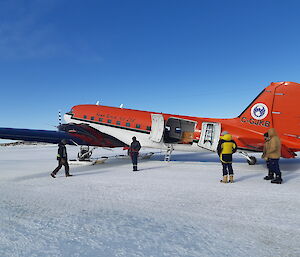This week at Davis research station, we welcomed our first guests in 8 months. A Basler BT-67 with 3 crew made the 23,000km journey from Canada to South America, then across to the Antarctic continent where it hopped from station to station.
First stop was Rothera station (UK) where ski skids were fitted to allow the aircraft to land on ice runways. Next stop was Amundsen Scott station (US) where the crew rested and refuelled before finally touching down on the impeccably groomed sea ice ski way prepared by the Davis diesos.
The Basler is inbound for Casey station this week where it will collect the first load of summer expeditioners bound for Davis — a small advance party of 11, ahead of our resupply/retrieval vessel RSV Aurora Australis which is due to arrive around 9 November with another 83 expeditioners – all to support what will be another busy summer season at Davis.
Dan (Plumber)
Some info on the ever-reliable Basler BT-67
The Basler BT-67 is a utility aircraft produced by Basler Turbo Conversions. It is a remanufactured and modified Douglas DC-3. The conversion includes fitting the airframe with new Pratt & Whitney Canada PT6A-67R turboprop engines, lengthening the fuselage, strengthening the airframe, upgrading the avionics, and making modifications to the wings’ leading edges and wing tips.
Its configuration makes the Basler suitable for general Antarctic operations, while the payload/range characteristics make it suitable for the long distances between our Antarctic stations.
Basler BT-67 specifications:
- Ski-equipped twin turboprop, STOL retractable wheeled ski equipped undercarriage Aircraft with a side entry cargo door (2130mm x 1420mm)
- Maximum speed: 195 knots (on skis)
- Maximum range: 950 nautical miles standard, 2140nm. long range fuel
- Fuel capacity: 2865 litres standard, 5871 litres long range tanks
- Passengers: up to 18+ expeditioners

